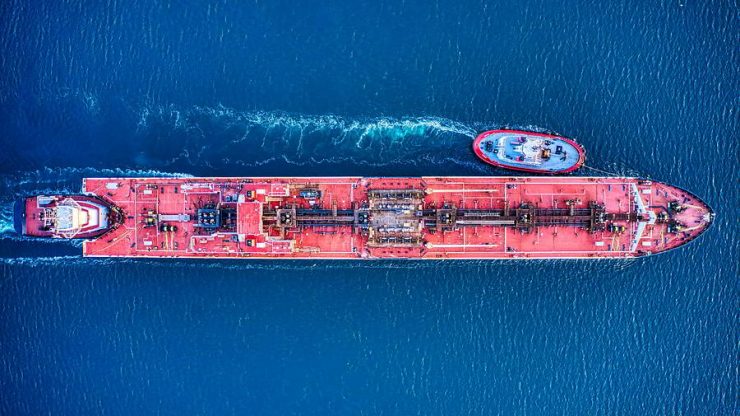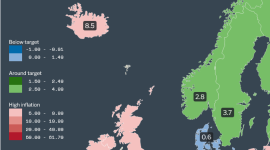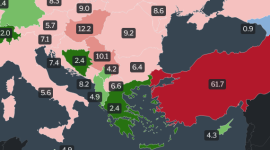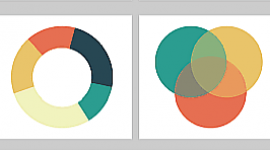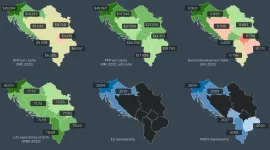In this post, you can find the current status of gas storage reserves for European countries. The data updates daily and comes from Aggregated Gas Storage Inventory (AGSI+).
UPDATED: April 20, 2024.
EU gas storage capacity goals in 2022 and 2023
Because the European Union relied on russian gas and the possibility that Moscow would reduce supplies, the EU has set a goal to have all of its storage sites filled to 80 percent capacity by October 1 2022, which is when the heating season in Europe will begin.
Typically, this goal is set for November 1, but these unusual circumstances require such changes related to European gas storage.
The average filling level of gas storage facilities across member states reached more than 80 percent in September 2022. The minimum target agreed upon for the EU by the end of 2022 is 85 percent of gas storage levels.
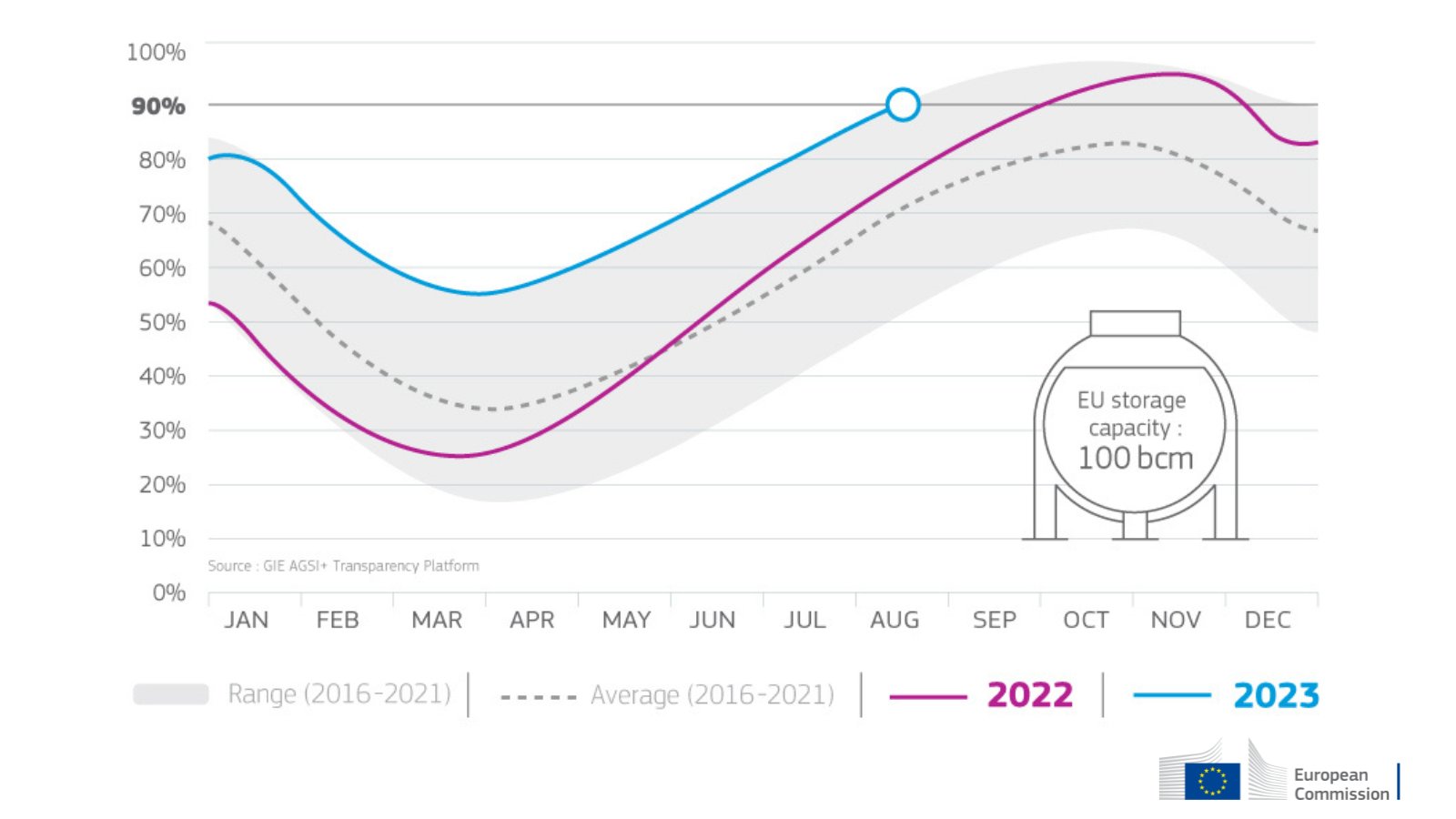
UPDATE #3: In 2023, things got even more interesting as the 90% of the goal has been achieved by August 18 2023!
UPDATE #2 – On October 6th, 2022, European Union filled 90.12% of its gas storage capacity. That covers 26.54% of its annual gas consumption.
UPDATE #1 – On September 18th, 2022, European Union reached its goal of having at least 85% of its gas reserves ready. However, even at those storage levels, that’s only around 22.5% of its annual consumption.
Gas prices are soaring
However, this is just one side of the story. Filling underground gas storage reservoirs is one thing. Buying gas is another, and it’s significantly more costly than it used to be. It is up to 10 times more expensive than in previous seasons.
European countries also started relying more on liquefied natural gas (LNG) terminals as routes for gas flows into the European Union.
Countries without natural gas storage capacities
Furthermore, not every EU country has gas storage capacity. Cyprus, Estonia, Finland, Greece, Ireland, Lithuania, Luxembourg, and Slovenia are such countries, and gas storage filling for them is more challenging.
According to the new regulation from the European Commission, countries that do not have storage facilities are required to store 15 percent of their annual domestic gas consumption in gas storage sites located in other member states.
As a result, these countries will access gas reserves kept in other member states. This mechanism eases the financial burden of filling the EU’s storage capacities while simultaneously enhancing the safety of gas supplies distributed throughout the EU. To protect their supplies, member states with smaller storage capacities will work together with those that own larger facilities.
Current gas storage reserves in Europe, per country
The following table shows current capacities filled (Capacity filled) and the percentage of annual consumption covered by the current reserves (% of annual consump. filled). In other words, it answers how much of the annual consumption is currently stored in reserves as a percentage of annual consumption. And lastly, the daily trend describes the percentage change of the capacity filled compared to the previous gas day.
We made some major adjustments to the table, and now you can click on each column to sort its values!
| Country | Capacity filled | % of Annual consump. filled | Daily trend |
|---|---|---|---|
|
|
86.91% | 4.81% | 0% − |
|
|
81.57% | 7.68% | 0.15% ▲ |
|
|
76.91% | 82.81% | -0.21% ▼ |
|
|
72.17% | 44.48% | -0.04% ▼ |
|
|
68.61% | 19% | -0.28% ▼ |
|
|
68.06% | 45.18% | 0.05% ▲ |
|
|
64.33% | 33.84% | -0.35% ▼ |
|
|
63.06% | 0.76% | 0% − |
|
|
62.03% | 18.68% | -0.03% ▼ |
|
|
61.59% | 16.42% | 0.26% ▲ |
|
|
58.14% | 29.24% | -0.14% ▼ |
|
|
57.43% | 3.03% | -0.79% ▼ |
|
|
55.95% | 16.86% | 0.24% ▲ |
|
|
54.82% | 25.29% | 0% − |
|
|
47.25% | 0% | -0.04% ▼ |
|
|
46.1% | 13.46% | 0.25% ▲ |
|
|
45.69% | 118.03% | -0.15% ▼ |
|
|
44.22% | 8.38% | 0% − |
|
|
43.91% | 7.98% | -0.27% ▼ |
|
|
36.98% | 6.3% | -0.37% ▼ |
|
|
12.13% | 17.48% | 0.13% ▲ |
|
|
0% | 0% | 0% − |
